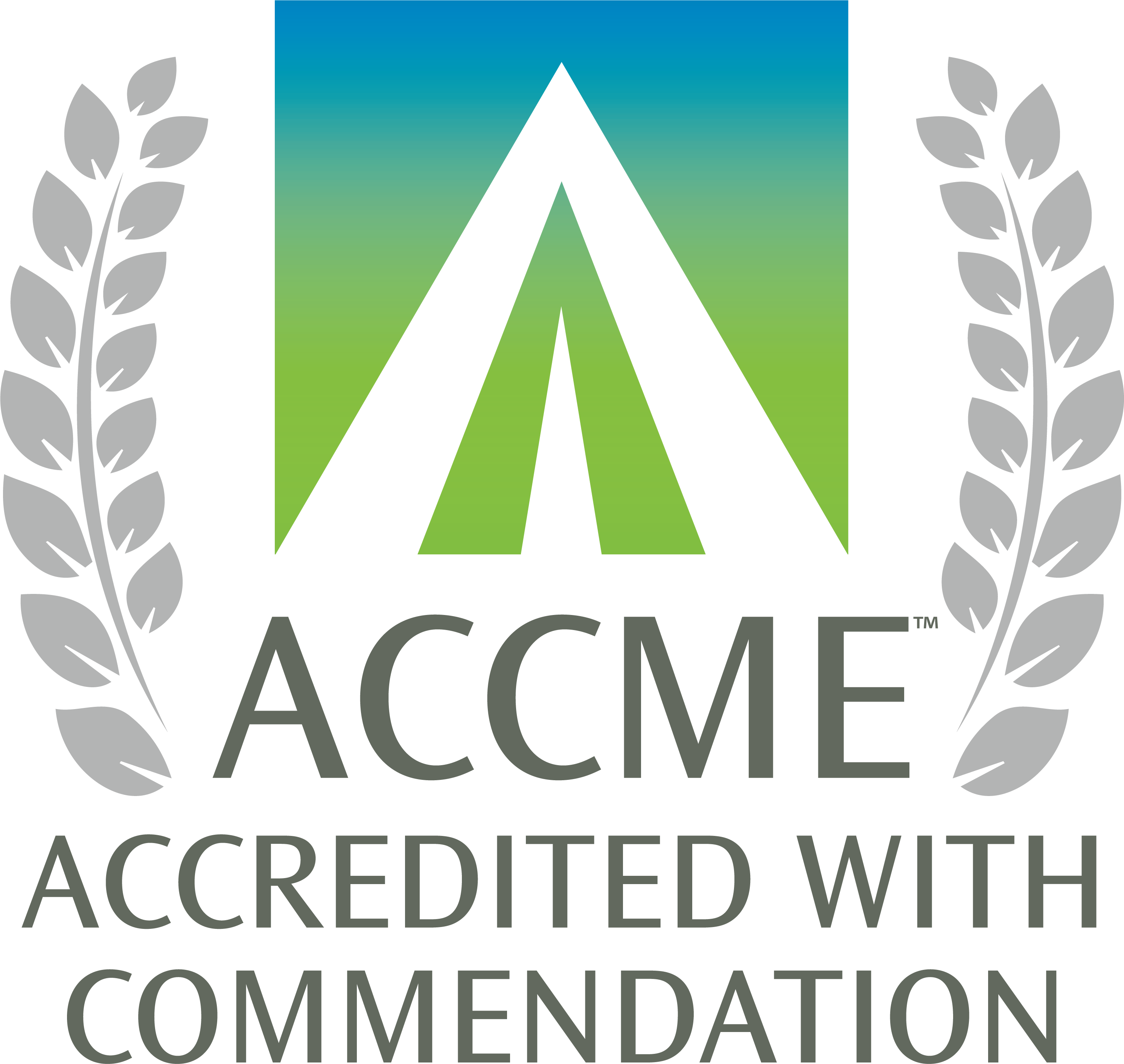Society for Head and Neck Anesthesia 2021 Virtual Annual Meeting: Evolving Topics in Perioperative Care of Patients Undergoing Head and Neck Surgery
To begin this activity, click Enroll. Once logged in, learners can access educational content, assessments, and evaluations. Learners who successfully complete the activity will be able to print a certificate.
Educational Team
There are no relevant financial relationships to disclose for this activity.
Planner: Samuel A Schechtman, MD
Presenters:
Michael Aziz, MD
Davide Cattano, MD, PhD
Laura Francesca Cavallone, MD, MSCI
Samuel Demaria, MD
Jose De Cardenas, MD
Daniel John Doyle, MD, PhD
Eric Genden, MD, MHA
Dane R Grenda, DO
Jaime B Hyman, MD
David W Healy, MD
Arpan Mehta, MD
Daniel Meister, MD
Vladimir Nekhendzy, MD
Catherine L Oberg, MD
Tracey Straker, MD, MS MPH
Samuel A Schechtman, MD
Activity Coordinator: Rachel Corwin;
- Recognize the importance of readily available systematic documentation for healthcare providers and patients with known and/or anticipated difficult airway patients.
- Consider approaches to and considerations for minimizing opioids in head and neck surgery.
- Recognize training techniques and programs to optimize outcomes and communication in head and neck surgery and airway management.
- Consider approaches to and considerations for tracheal transplantation.
- Appreciate perioperative approaches to optimize outcomes for patients undergoing interventional pulmonology procedures.
- Understand and practice important management approaches for head and neck free flap reconstruction.
This activity has been planned and implemented in accordance with the accreditation requirements and policies of the Accreditation Council for Continuing Medical Education (ACCME) through the joint providership of the University of Michigan Medical School and Society for Head and Neck Anesthesia. The University of Michigan Medical School is accredited by the Accreditation Council for Continuing Medical Education (ACCME) to provide continuing medical education for physicians.
The University of Michigan Medical School designates this enduring material for a maximum of 3.00 AMA PRA Category 1 Credit(s) ™. Physicians should claim only the credit commensurate with the extent of their participation in the activity.
This activity contributes to the CME component of the American Board of Anesthesiology's redesigned Maintenance of Certification in Anesthesiology™(MOCA®) program, known as MOCA 2.0®. Please consult the ABA website, www.theABA.org, for a list of all MOCA 2.0 requirements.- Ahmad I, El-Boghdadly K, Bhagrath R, Hodzovic I, McNarry AF, Mir F, O'Sullivan EP, Patel A, Stacey M, Vaughan D. Difficult Airway Society guidelines for awake tracheal intubation (ATI) in adults. Anaesthesia, 2020;75(4):509-528.
- Joseph TT, Gal JS, DeMaria Jr. S, Hung-Mo L, Levine AI, Hyman JB. A Retrospective Study of Success, Failure, and Time Needed to Perform Awake Intubation. Anesthesiology, 2016;125:105–114.
- Kornas RL, Owyang CG, Sakles JC, Foley LJ, Mosier JM. Evaluation and management of the physiologically difficult airway: Consensus recommendations from the Society of Airway Management. Anesth Analg, 2021;132(2):395-405.
- Schechtman SA, Flori HR, Thatcher AL, Almendras G, Robell SE, Healy DW, Shah NJ: The difficult airway navigator: development and implementation of a healthcare system's approach to difficult airway documentation utilizing the electronic health record. A & A Practice 15(5): e01455, 2021. McGrath BA, Bates L, Atkinson D, et al. Multidisciplinary guidelines


